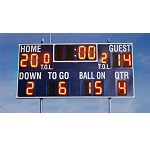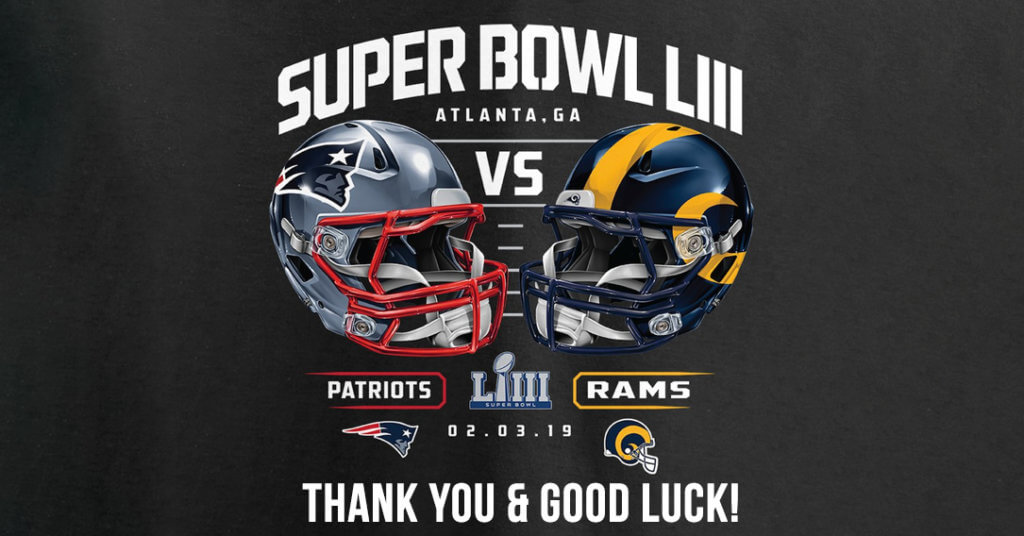
To illustrate this, let's look at the difference between and. This doesn't matter as much this year because the teams are evenly matched, though it could influence who you root for or come into play if one team starts pulling ahead. So your chances to win with a given Super Bowl Square are influenced by which team is tied to which number. In any event, certain final-score numbers are better for winning teams than they are for losing teams. (The moneyline leans more toward the Eagles than the prediction-model consensus, which basically thinks the game's a toss-up.) This implies a 53% chance that the Eagles will win and a 47% chance that the Chiefs will win, after you net out the vig. For purposes of this year's Super Bowl, I've again used the win probabilities implied by the moneyline, which most books have at as of February 3. The other thing you'll rarely find as you scan the internet for Super Bowl Squares odds is the inclusion of each team's win probability. Why is it important to factor in win probabilities?

And zero now edges out seven as the best digit on the board. Two, five, eight, and nine are still the four worst numbers - they’re just not as bad as they were before. Four and seven are still among the best numbers you can draw - they’re just not as good as they were before. (The other season in that group of eight is 1994, when the NFL introduced the two-point conversion.) Since 2015, we've experienced seven of the eight lowest frequencies of final scores ending in zero, one, three, four, or seven dating back to 1932. Traditional NFL final-digit stalwarts zero, one, three, four, and seven have ceded over seven percentage points’ worth of final-score probability to less-common numbers two, five, six, eight, and nine. Practically speaking, the "weird score era" has made Super Bowl Squares more equitable. We need to focus on the "weird score era" instead (2015 onward). 2022 was the fourth-weirdest ever.Īs a result, you can no longer rely on final scores from "all of NFL history" or "the Super Bowl era" or "since the AFL-NFL merger" or even "recent history" to figure out how good your Super Bowl Squares are. The 20 seasons set records for weird scores.


From 1922 to 2014, only 9.5% were "non-traditional," cementing "traditional" football scores (17, 21, 24, 28, 31, etc.) in the American consciousness. Since 2015, 19.9% of individual team scores have been “ non-traditional” (18, 19, 22, 26, 33, etc.), compared with an average of 13.6% from 1994 (when the two-point conversion was introduced) to 2014 (before the extra point was moved back). Even more precisely, it is the combination of these factors - missed extra points, made field goals, and two-point conversion attempts - at historic levels all at once that has made scores so weird. The only periods in NFL history when kickers performed worse on extra points were the mid-to-late 1970s, right after the goal posts were moved to the back of the end zone, and before 1948.Ĭombined with other aspects of the modern game - namely the proliferation of field goals and existence of the two-point conversion - the move has given rise to the weirdest scores in NFL history. The short version is that before the 2015 season, the league moved the extra point back from 20 yards, where kickers converted 99% of the time, to 33 yards, where they’ve made 94% of kicks over the past eight seasons.

Those of you familiar with ELDORADO know that I’ve tracked and analyzed the changing face of NFL scores over the past few seasons. What are weird scores and why do they matter?


 0 kommentar(er)
0 kommentar(er)
